Day three of the TacklingPovertyNZ workshop saw the participants bringing together their findings from the past 72 hours into an engaging presentation at Parliament. The participants had worked late into the night on Tuesday to build their content for the presentation, and they arrived at Treasury bright and early on Wednesday morning to carry on where they had left off the night before.
Session sixteen: Stress-testing with the Chief Economist
At 11 am the group was treated to a captivating talk from Dr Girol Karacaoglu, the Deputy Secretary – Macroeconomic, International and Economic Research – and Chief Economist at Treasury. Dr Girol spoke about the two roles of Treasury – to be the government’s chief advisor on economic and financial matters and to be one of the three central agencies. He also discussed how the environment and the economy should be looked at together. Dr Girol then gave the group an opportunity to ask him questions.
![]() Following Dr Girol’s presentation, the participants stress-tested their presentation with him. The practice run of the presentation highlighted how much work the group had done over the previous days. Dr Girol gave useful feedback to the group to help them increase the impact of their presentation.
Following Dr Girol’s presentation, the participants stress-tested their presentation with him. The practice run of the presentation highlighted how much work the group had done over the previous days. Dr Girol gave useful feedback to the group to help them increase the impact of their presentation.
After lunch, participants broke into their smaller groups for the rest of the afternoon to work further on their sections of the presentation in light of the morning’s feedback. There was a buzz around the room as participants tested their ideas with each other, tightened up their speeches and practised their performances.
At 4 pm the group walked over to Parliament to set up in the Banquet Hall. The hall was impressive – with high ceilings and a semi-circular shape, it was a superb venue for the evening.
Session twenty: Finale
At 6.30 pm, the presentation began. The first group engaged the audience as they shared their personal experiences of poverty through emotive spoken word. This was followed by a mihi and an introduction to the group of 36, explaining the purpose of their presentation.
The vision conceived by the group was to empower New Zealanders to contribute meaningfully to their communities, in a society where equity is embraced and where opportunities are available for all to meet their potential. They illustrated this vision using the motif of a house, an image that was revisited throughout the presentation. The group wanted to avoid the possible perception of a house as an enclosure, which would perpetuate the idea of poverty being an inescapable trap. Instead, they wanted to build a home based on the foundation of community, with employment and effective social services holding up the walls, and education as the door for moving out into the world. This image of a house ultimately portrayed a place where New Zealanders would thrive.
The presentation went on to give a definition of poverty in New Zealand as the participants saw it. They described poverty as a glass house, the transparency of its walls symbolising the lack of necessities preventing New Zealanders from living a healthy life. The group defined these necessities as the access to and sustainability of housing, education, healthcare, food, mana, and community, which together ensure a person’s ability to contribute to society. The group explained that they used the metaphor of a glass house to describe poverty because it represents constrained free agency as well as misunderstanding. If those in poverty are inside the glass house, they are at once exposed and restrained. Outsiders can easily see them but cannot easily understand what is stopping them from leaving. The group acknowledged that this was not a complete definition, and that reaching consensus on the definition was near impossible due to the multifaceted and complex nature of poverty in New Zealand. However, they felt that creating a definition was necessary in order to set a framework by which to monitor, measure and eventually eradicate the injustice of poverty – they made it clear that their intention was not to label those living in poverty.
Next, the group busted the following five myths about poverty:
1. Poverty does not exist in New Zealand
2. Those on a benefit have it easy;
3. One size fits all;
4. Benefits cause people to become dependent on the system; and
5. Just get a job.
The next part of the presentation explored possible methods to quantifiably measure poverty. The group took its cues from the Human Poverty Index and the Multi-dimensional Poverty index (created by the United Nations) in their selection of housing, health, education and employment as indicators to measure poverty.
The presentation then moved into its substantive section: propositions for concrete ways to tackle poverty, referred to by the group as ‘Hows’. The first cluster of Hows focused on the impact of community. Community was considered by the group to be the fabric of society, and they explained that the approach to poverty needs to be moving towards an ‘us’ solution, not dismissing it as a ‘they’ problem. The group identified the following Hows based around community:
- Fostering a strong sense of community within society.
- A local as well as a national approach to building communities – for example through encouraging different languages, through local business mentors developing local ideas, and through local community initiatives such as time-banks.
- Practically equipping whānau to care for children with government-issue boxes of essentials for all new-borns, extended paid parental leave and community-based parental education.
- Creating a social capital index to measure the success of intervention.
The group called for a cultural change within education as a way to tackle poverty. They emphasised that education opens opportunities, and that by connecting the community, education can be a passport to the future. In particular the group suggested that education could be used to tackle poverty by:
- Having ‘the right people in the right places’. They suggested this could be achieved by a two-fold approach:
- Changing the entrance system to teaching degrees – in particular, increasing prestige through a competitive first year, then offering places in a teaching degree.
- Creating a voluntary bond scheme for teachers in low decile schools, to increase the talent pool, and to provide for multiple pathways to get into teaching.
- Connecting educators with the community. For example, by giving education agencies a community lens that empowers the community to have input.
A change to the integration of social services was also suggested as a way to tackle poverty. A skit was used to portray the problems with the current social services system, and the group then proposed some ways to improve it:
- Creating a ‘social hub’ of streamlined social services agencies to create one community with one case worker for each client so that social services could be more easily directed to clients.
- More effective use of important data.
Finally, the group found that income had a large impact on poverty, the group recommended a number of measures that could be taken in the employment sector:
- An initiative preparing potential employees for employment. For example by upskilling, confidence boosting, workplace etiquette training, and drug management if necessary.
- Encouraging community business owners and leaders to mentor people who are seeking career progression. This idea was likened to a ‘pay it forward’ model. The group suggested that mentors could give advice and teach practical skills for employment. However, the group noted that a unified community was a prerequisite before this would be successful.
- Introduce a ‘linked training package’ – this would reconnect people to the workplace after redundancy, and re-gear them towards potential employment in a new industry. As well as the training package, the group suggested that a business mentor package could run alongside the training package with mentoring from business leaders.
The group sought to bring an experimental approach to employment, to break the glass ceiling and to allow all New Zealanders to realise their full potential.
Over the three days of the workshop, the group gained a holistic understanding of what poverty is, and that it incorporates a series of interlinked challenges. They concluded their presentation by saying that the experts in poverty are not just in the House of Representatives, but are also those living in poverty. The presentation finished with a powerful message, with the group asking the audience, ‘what is your vision for New Zealand?’
The participants’ presentation showed that they had taken an integrated approach to tackling poverty. The next day, most of the group went back to their homes, but took with them new ideas and perspectives of others. They were an impressive group of individuals that worked hard and brought together a powerful message to share with their audience.
You can watch the highlights of the TacklingPovertyNZ workshop journey here.

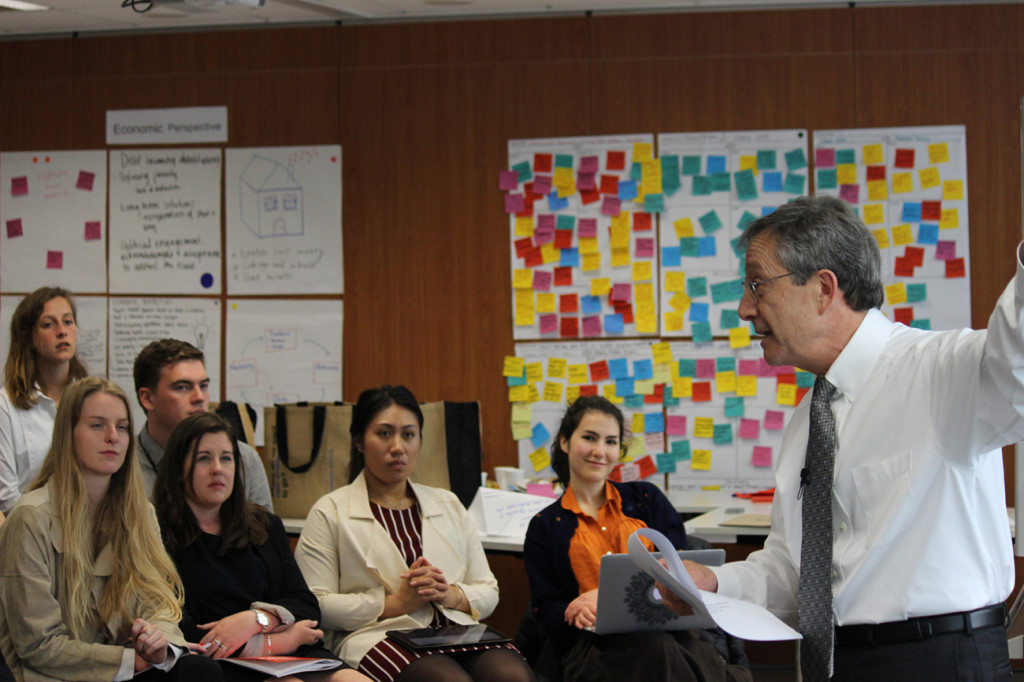
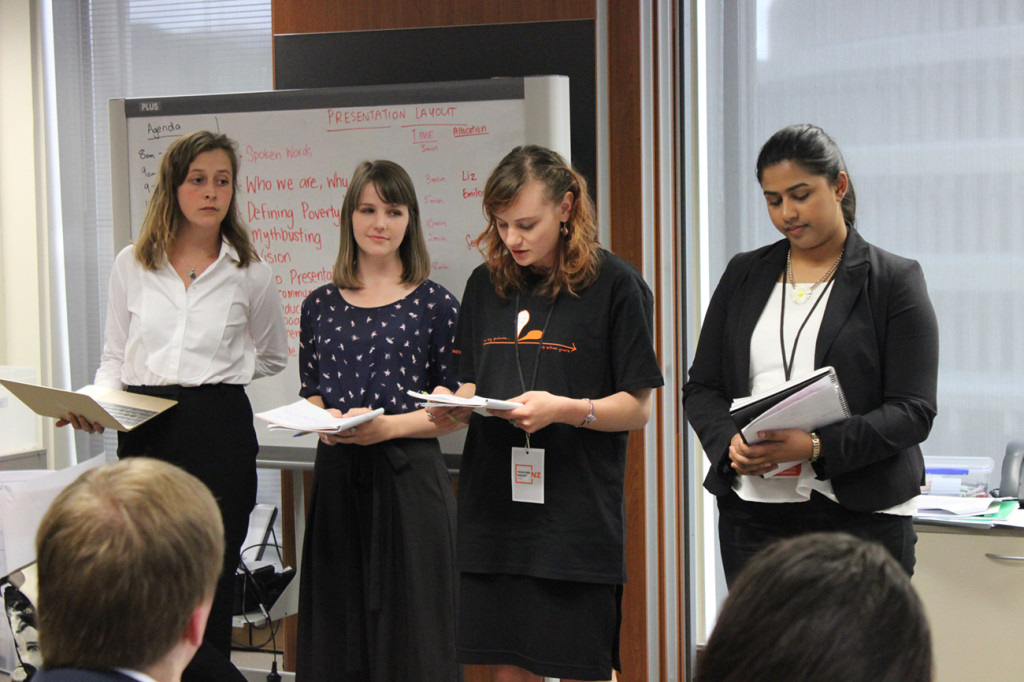
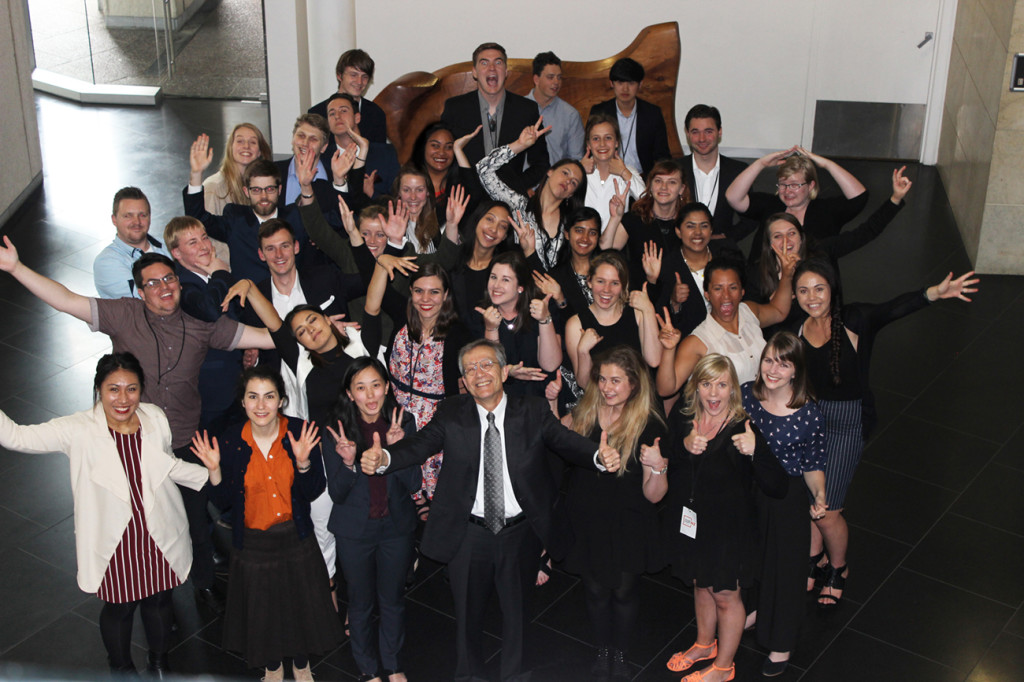
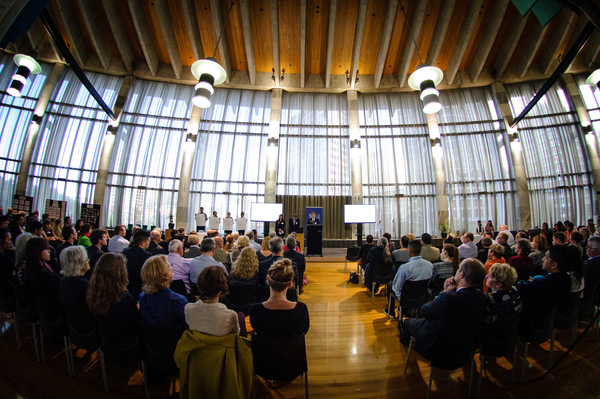
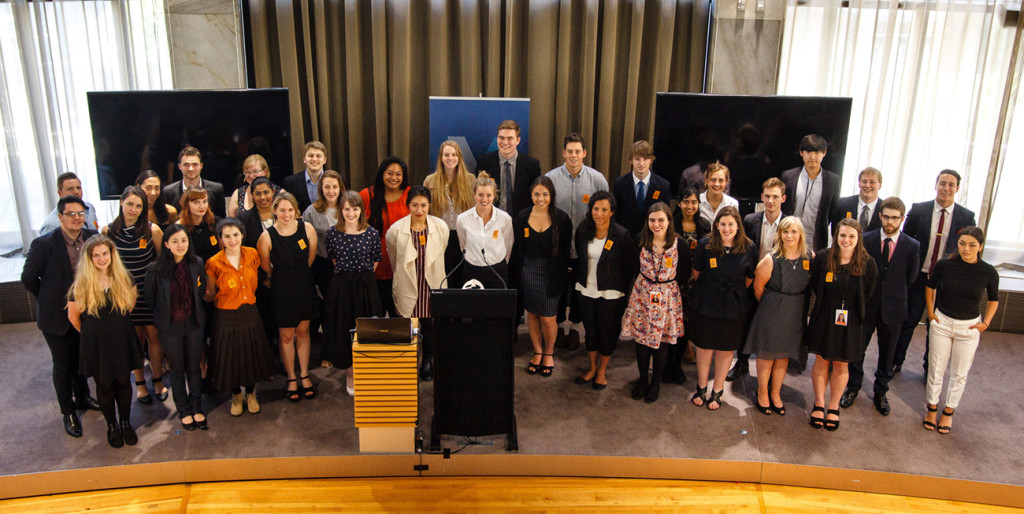




















![20160906 McGuinness Institute - TacklingPovertyNZ Workshop – Far North Flyer [FINAL]](/wp-content/uploads/20160906-McGuinness-Institute-TacklingPovertyNZ-Workshop-%E2%80%93-Far-North-Flyer-FINAL-1-50x50.png)